
Breguet is a watch brand that fascinates the world with its iconic hands and dial designs. The watches created by the greatest watchmaker of all time and loved by Napoleon and Marie-Antoinette are still passed on in Breguet dress watches. In this issue, we will introduce the charms of Breguet, which is also known as one of the world’s top five watch brands. kuvarsitwatch
Suponsered by
What is Breguet?
Breguet (Breguet) was founded at the end of the 18th century by a genius watchmaker. Breguet invented many complications and designs that still remain today, such as Breguet hands and guilloché dials. Today, Breguet still offers a wide variety of collections, from traditional dress watches to tough sports watches. The company is one of the five major watch brands in the world, along with Patek Philippe, Vacheron Constantin, Audemars Piguet, and A. Lange & Söhne. Lange & Söhne, and is also known as one of the world’s five major watch brands.
History of Breguet
Breguet was founded in Paris, France in 1775. The founder, Abraham-Louis Breguet, was a rare genius watchmaker who left many inventions that became the originators of mechanical watches, such as the tourbillon and perpetual calendar. His client list included the Emperor Napoleon and Queen Marie Antoinette.
Founder A.-L. Breguet
After the founder’s death, the workshop passed to his son, Antoine-Louis Breguet. In 1970, the brand passed to the French jewelry brand ” Chaumet “, which was sold to the Saudi Arabian investment company Investcorp in 1987. In 1987, the brand was sold to Investcorp, a Saudi Arabian investment company. After a series of twists and turns, the brand became part of the Swatch Group in 1999, and its performance recovered. Now that the company has reinvented itself as a luxury watch brand, it has earned a reputation not only for its dress watches of the past, but also for its tough watches, such as the ” Type XX ” series, designed for the French Naval Air Forces.
The life of the genius watchmaker A.-L. Breguet, “the Leonardo da Vinci of the watchmaking world
Breguet was born in Switzerland and founded in Paris
For his many historic inventions, A.-L. Breguet has been called “the man who hastened the evolution of watchmaking by two centuries” and “the Leonardo da Vinci of the watchmaking world. His life began in 1747 in Neuchâtel, Switzerland, the center of watchmaking. His mother remarried to a watchmaker, and at the age of 15 he was apprenticed to a watchmaker in Versailles, France. Breguet’s talents quickly brought him to the attention of the nobility, and in 1775 he married Marie-Louisse Ruyet, a woman of high status and bourgeois background, who helped him with his wife’s financial support. With the help of his wife’s financial support, Breguet set up his own workshop.
Abraham Louis Breguet’s first watchmaking workshop on the île de la Cité in ParisBreguet and Marie-Antoinette
After starting the brand, Breguet’s first achievement was the development of the ” Perpétuelle ” self-winding mechanism. The world’s first automatic watch was developed by a man named Abraham Louis Perrelet, but it was not of a quality that could be used by the general public. Breguet’s self-winding Perpétuelle developed this to a practical level. This invention brought Breguet’s name to the forefront of the world and gained him an audience with King Louis XVI of France and Queen Marie-Antoinette. During this meeting, Breguet developed and housed a gong-type repeater for minute repeater that could tell the time by sound even in the dark. Marie-Antoinette asked Breguet to create a pocket watch “more beautiful than any other watch, filled with all kinds of complications,” without setting a delivery date or price limit. From that moment on, the creation of ” No. 160 ” began, and the completion of that pocket watch became Breguet’s lifelong goal.
The “No. 5” pocket watch with Perpétuelle (created in 1794).
Breguet invents the principle that accounts for approximately 70% of all mechanical watches.
In 1791, two years after the outbreak of the French Revolution, Breguet invented the ” Equation of Time “, an equation of time. Although Breguet never stopped inventing new mechanisms even in the midst of war, his aristocratic clients were targeted by the revolutionaries. In 1793, after the execution of Louis XVI, Breguet left Paris under false pretenses of traveling and returned to his native Switzerland. In the fall of the same year, when Marie-Antoinette was executed, Breguet devoted himself to the development of a new mechanism, as if to fulfill a promise he had made to the queen. During his two years in Switzerland, Breguet invented all kinds of mechanisms, including the “tourbillon,” which prevented the watch from going out of balance due to gravity, the “Breguet balance spring,” which had a unique curve and stabilized accuracy, the “perpetual calendar,” and the “lever-type cylinder escapement. When combined with the “parachute” (shock absorber) and the “marine chronometer,” which were later completed, Breguet is said to have developed approximately 70% of the principles of mechanical watches.
Perpetual calendar “, a complication that has been handed down to the present day models
Return to Paris and the birth of the legendary ” No. 160 ” pocket watch.
In 1975, after the French Revolution was over, Breguet returned to Paris. In 1975, after the French Revolution had ended, Breguet returned to Paris to help rebuild the country in the field of watchmaking, as France was in the midst of an economic crisis. While working on watches for the military and scientists, he also continued to improve the ” No. 160,” which he had promised the queen. Breguet devoted his entire life to the development of ” No. 160,” which was passed on to his apprentices and completed in 1827. The gilded pocket watch, completed four years after Breguet’s death, would later be known as ” Marie Antoinette.
The Breguet No. 160 “Marie Antoinette”, with its crystal dial and internal complications, was a revolutionary design at the time, and was stolen in 1983, but was recovered in 2007 and is now on display at the L.A. Meyer Memorial Museum of Islamic Art in Jerusalem. It is currently on display at the L.A. Mayer Memorial Museum of Islamic Art in Jerusalem.
Characteristics of Breguet Watches
Abraham Louis Breguet left behind not only internal complications. In the design of hands and dials, too, Breguet’s creations have been handed down to the present day as the standards of fine watchmaking.
Breguet hands” with round holes
The ” Breguet hand “, a symbol of Breguet watches, was invented in 1783 and is still used in many Breguet models more than 200 years later. The moon-like design is beautiful to all who see it, and many luxury watchmakers, regardless of brand, have developed models that incorporate Breguet hands.
Breguet numerals” in a supple and beautiful script
Like Breguet’s hands, the ” Breguet numerals ” are said to have been invented by the founder in 1783. The thin, streamlined Arabic numerals are quietly distinctive on the dial. Like Breguet hands, Breguet numerals are also used as a generic term.
Guilloché dial “, a style that symbolizes the Breguet style
Guilloché, invented in 1786, is a completely new style created by Abraham-Louis Breguet, who drew inspiration from the Neo-Classical style. Exquisite, elegant, and artistic, it is the distinguishing feature that makes a Breguet watch instantly recognizable. The motifs are as varied as the “Clous de Paris” with its riveted pattern, the “Pavé de Paris” like cobblestones, the “Soleil” like rays of sunlight, the “Vague” like waves, the “Vieux Panier” like a basket, the “Damier” like a checkerboard, the “Flame” like a flame, and many others.
Even more amazingly, Breguet creates all of these exquisite dials “by hand. In the Breguet Manufacture atelier in Lorient, Switzerland, there are 27 manual guilloché dials. Craftsmen undergo a three-year training course to master Breguet’s signature decorative techniques. Although there are other manufacturers that use guilloché dials, Breguet is the only one that continues to insist on hand guilloché as the “real thing.
Coin-edged” caseband decoration, made possible only by hand
The “coin-edged” caseband, a fluted decoration with a series of fine grooves, is also unique to Breguet watches. This fluted pattern is made of gold by a metallurgical process called ” cold forging ” and, like the guilloché dial, is engraved by hand by a craftsman.
A unique “identification number” that can only be found in the world
It is no secret that owning a Breguet watch is a special status. Each Breguet watch is individually numbered, as if to satisfy the desire of the most ardent connoisseurs to own one. These numbers are not mere decoration, but are strictly controlled by Breguet. This tradition has continued since the early days of Breguet, and is used as a clue to trace the history of Breguet wristwatches through the centuries.
The “secret signature” is a beautiful anti-counterfeit measure.
Breguet’s rapid success, thanks to the exceptional talent of its founder, has resulted in the proliferation of counterfeits. To combat such counterfeits, around 1975 A.-L. Breguet started the secret signature. The signature, engraved on the dial with a sharp chisel, is not noticeable at first glance, but can only be read by holding it up to the light. Today, the secret signature is still used on most Breguet models and has become not only the hallmark of a Breguet watch, but also a feature that connoisseurs have fallen in love with.
Lugs” that distinguish Breguet from other manufacturers down to the smallest detail
The lugs are another inconspicuous feature of a Breguet watch. The lugs, with their uniquely rounded surface, are held in place by a bar with screws at both ends instead of the usual spring bar to hold the strap in place. This allows the watch to maintain a beautiful appearance while at the same time providing security. Breguet watches establish a style that cannot be imitated by any other watchmaker, even when it comes to just one lug.
Breguet’s classic models
Breguet ” Tradition
It is equipped with the ” parachute ” shock-absorbing device developed by Abraham Louis Breguet in 1794 and a variable-inertia balance. The ” Tradition ” faithfully reproduces the traditional pocket watch movement, and the power reserve indicator can be seen from the dial side and through the see-through caseback. The internal mechanism created by a genius watchmaker can be fully appreciated. The “Tradition Tourbillon Fusée” is equipped with the in-house 569 movement and has a 50-hour power reserve.
Click here for more information
Breguet ” Classic
The “Classique” was inspired by a late 18th century work by the founder. The “Classic Chronometry 7727” has the word “BREGUET” above the dial, accented by a small seconds. The round case is beautifully shaped with a guilloché dial, Breguet hands, coin-edged hands, and a secret signature on the left side of the 12 o’clock position.
Breguet “Marine
The “Marine GMT 5857″ displays local time on the main dial with Roman numerals and home time in Arabic numerals on the subdial at 6 o’clock, with a 24-hour display on the dial at 2 o’clock. The ” Marine ” series is a line of sports watches with an elegant, dress-like appearance. It is equipped with a self-winding ” Cal. 517F ” movement with a silicon balance spring.
Breguet “TYPE XX – XXI – XXII
The “Type XX (Twenty)” series has its roots in a model created in the 1950s for the French naval air force. The tough appearance typical of military watches is expressed in splendid contrast by the use of a leather belt. The fluted coin edge and screw-on lugs are examples of Breguet’s genes that are certainly rooted in this watch. If you want to show off your sense of style, why not choose a military model that is different from the traditional Breguet?

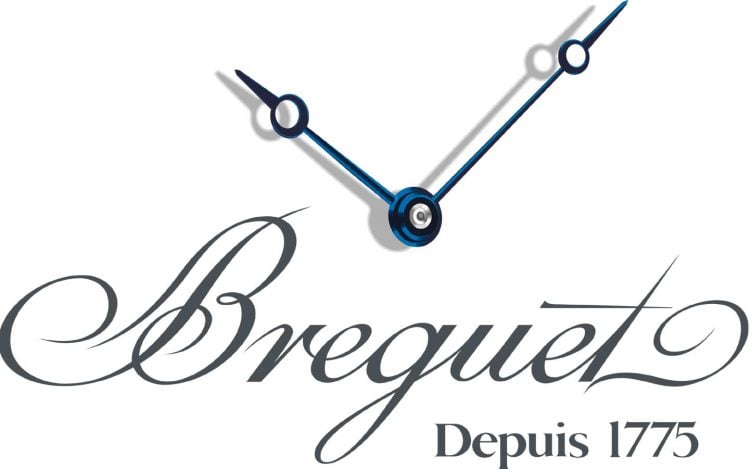
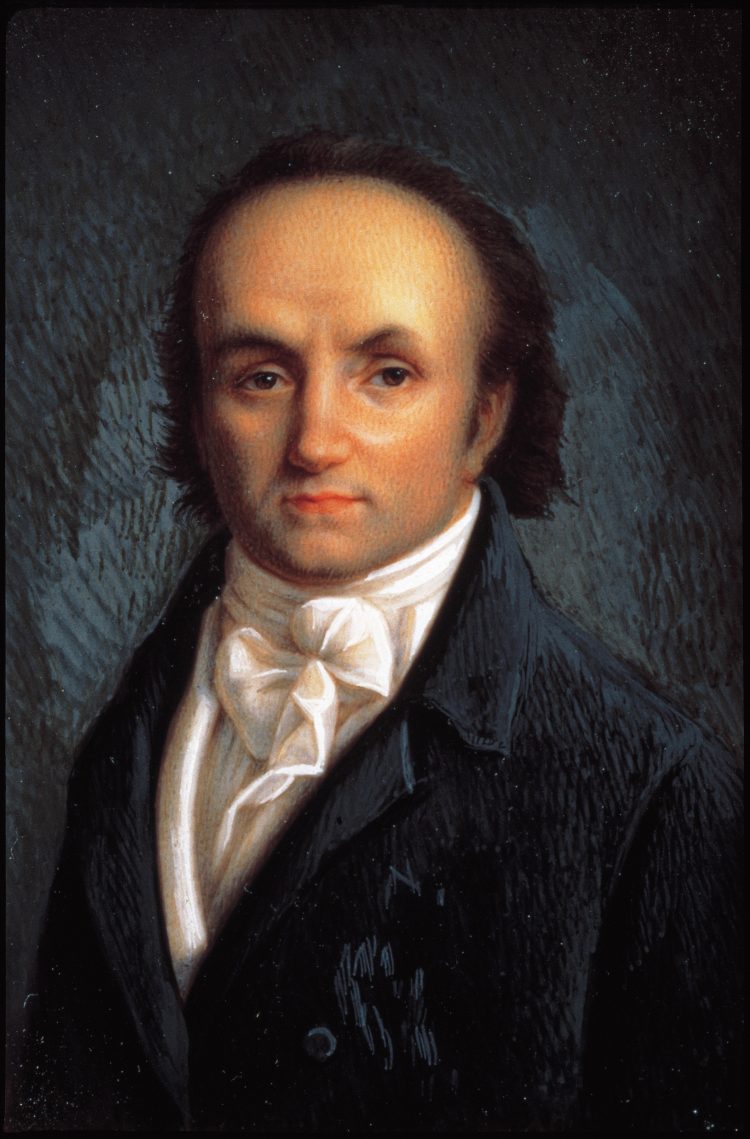

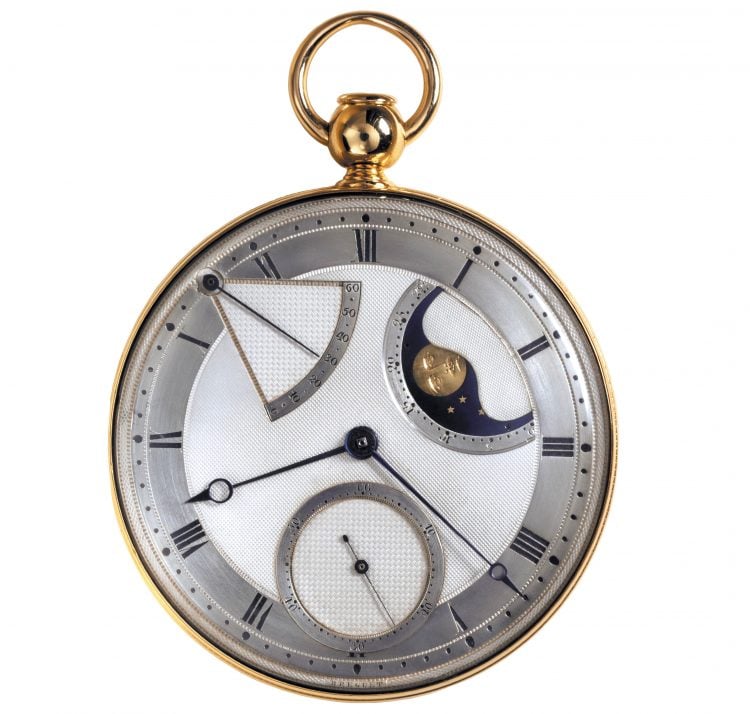
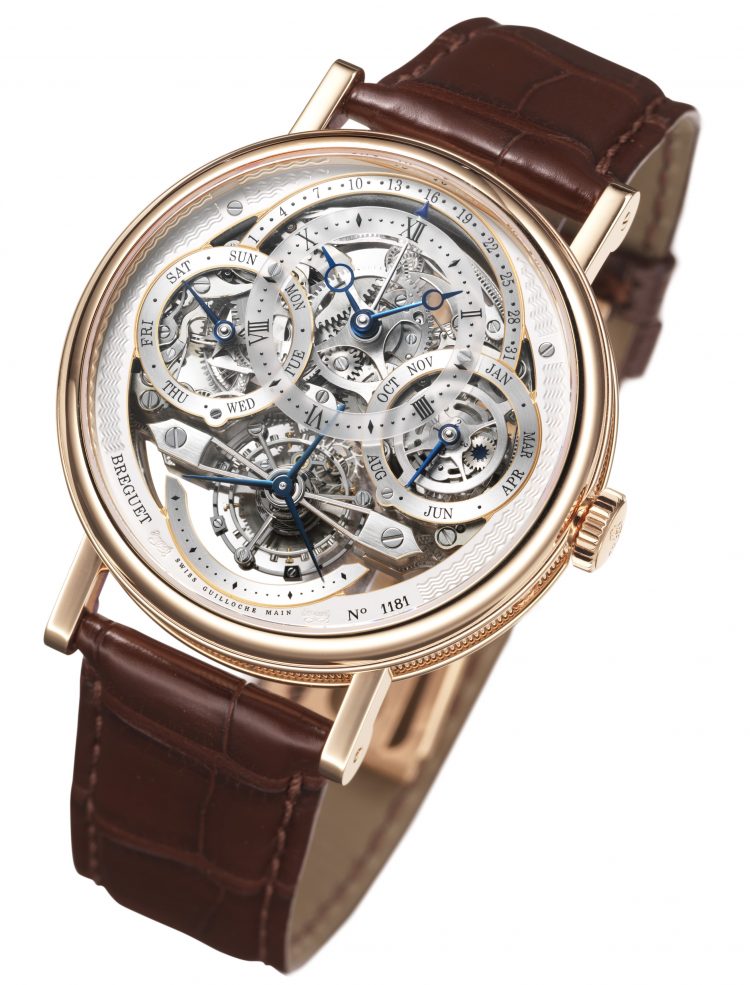
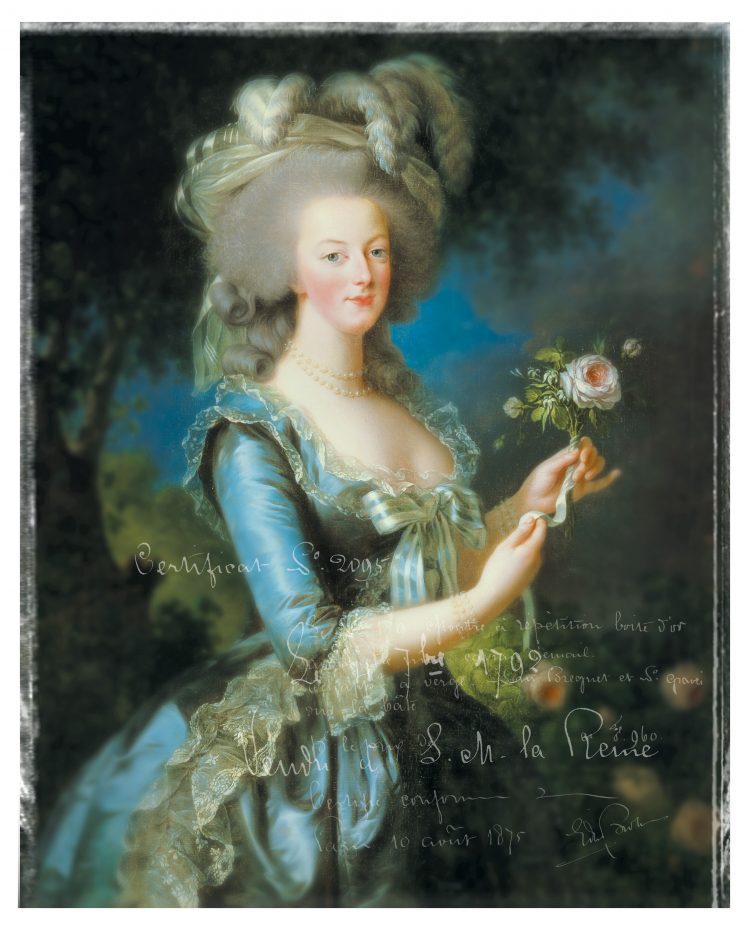
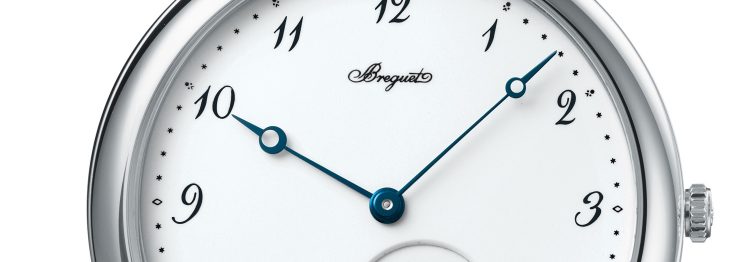
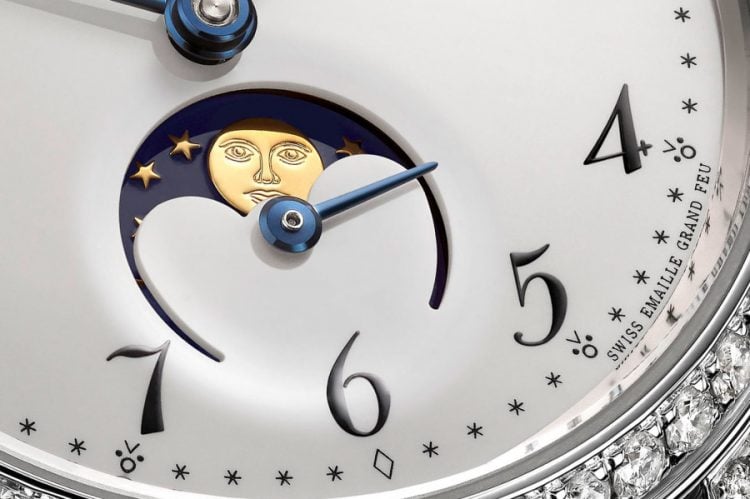
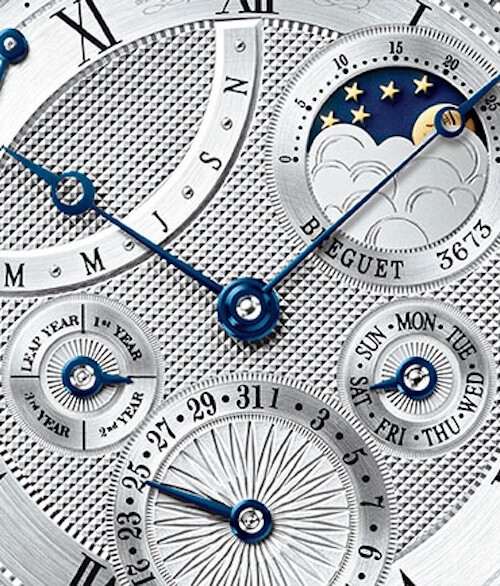
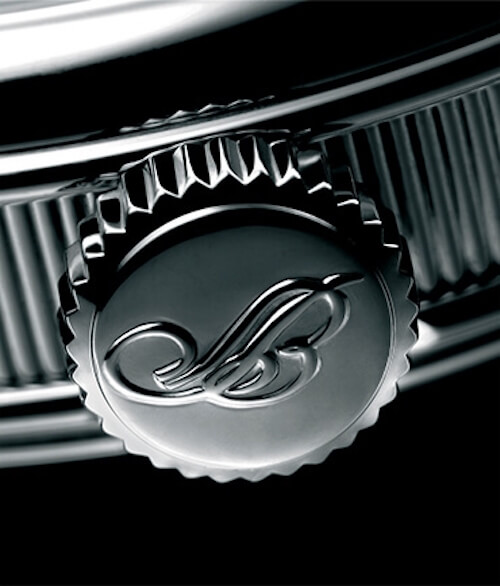
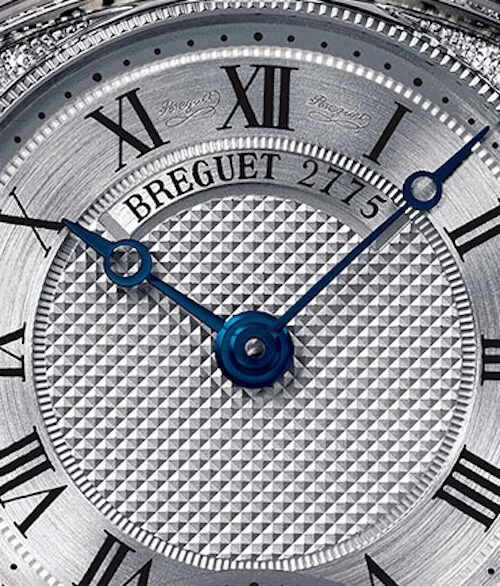

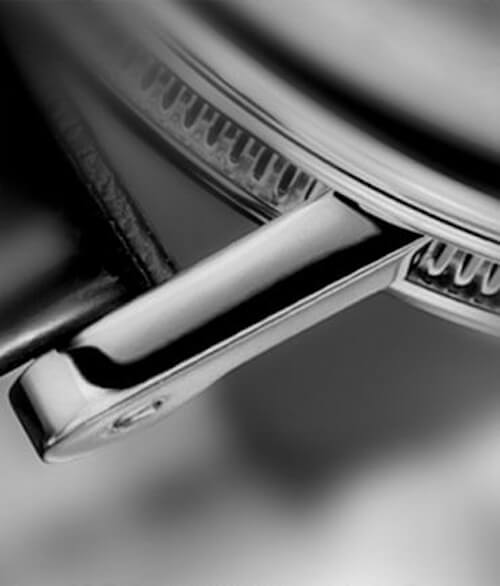


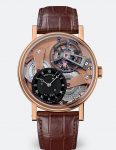
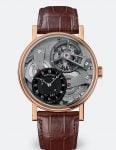
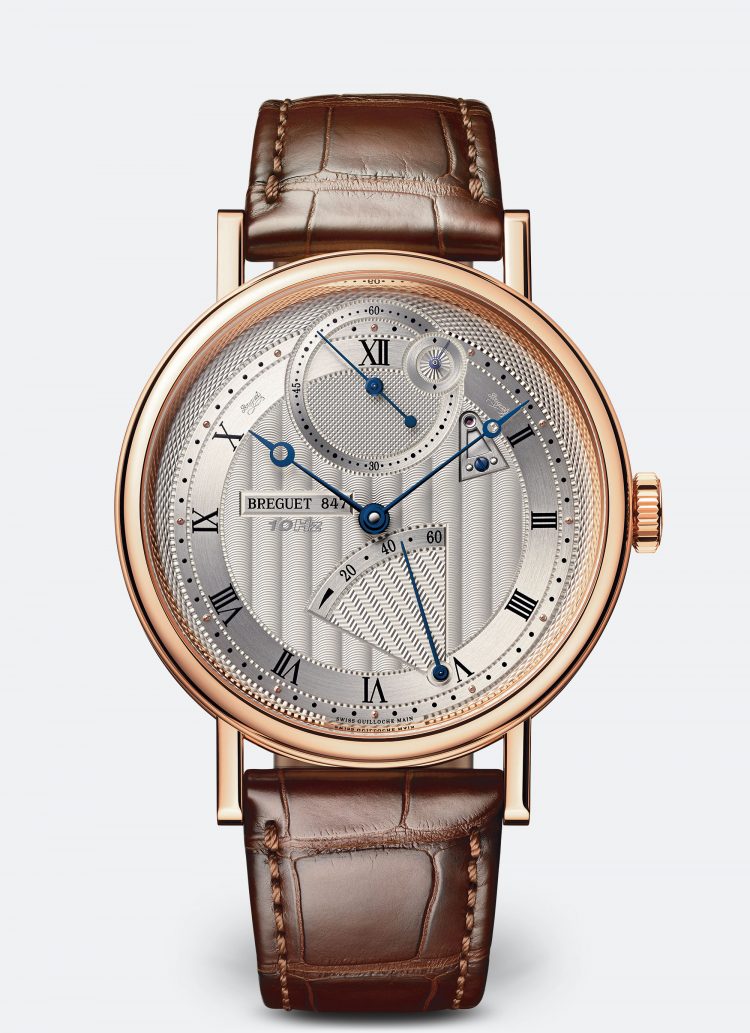

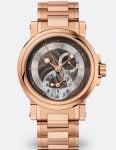
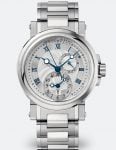
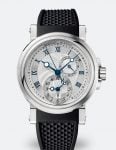

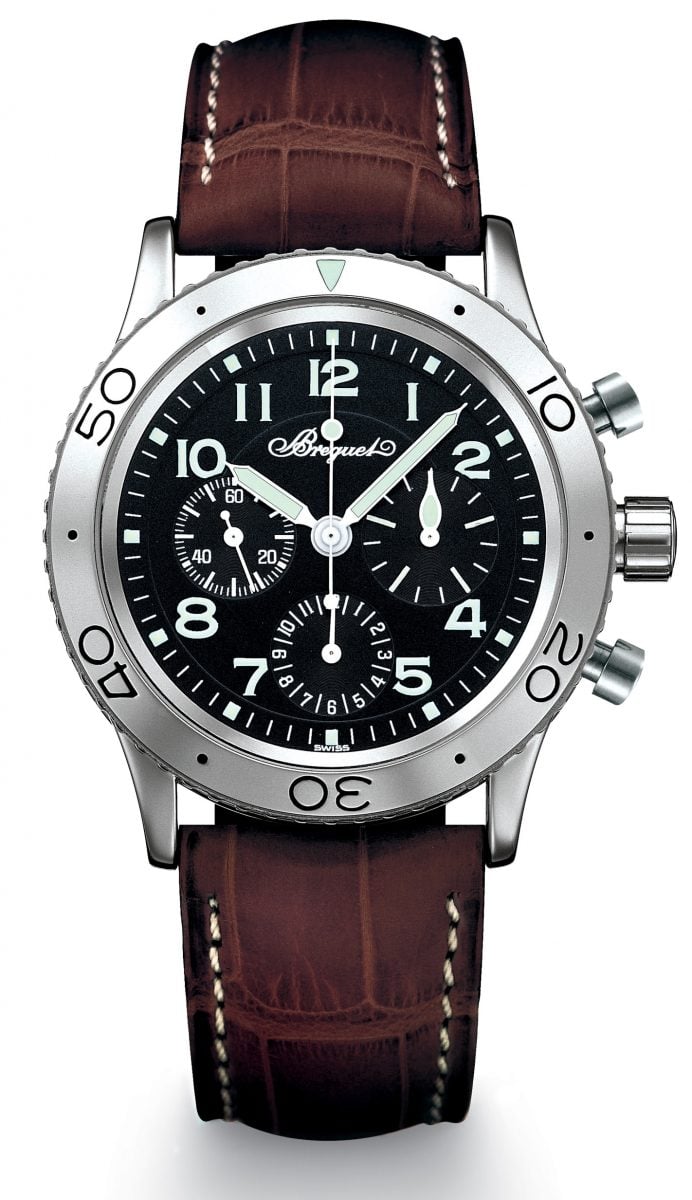




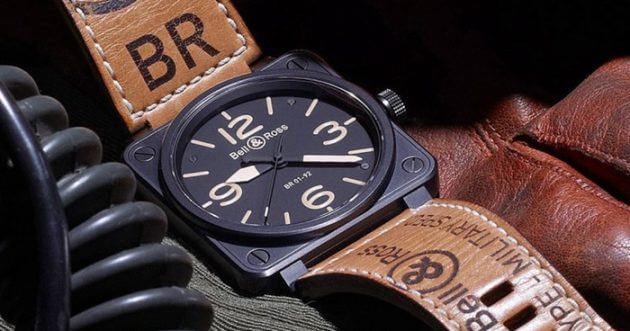
![Introduction of Orient Watches and Their Standard Models [ A Leading Japanese Watch Manufacturer ].](https://otokomaeken.com/wp-content/uploads/2016/11/7dd4c3f74f006b34bb1d70d7adebd54e-13-630x331.jpg)
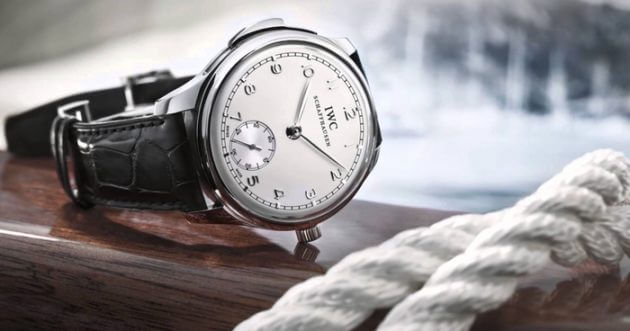

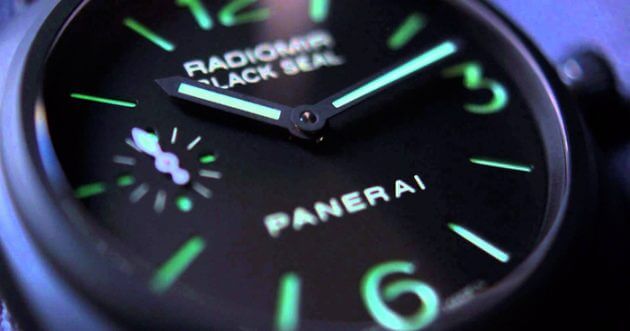
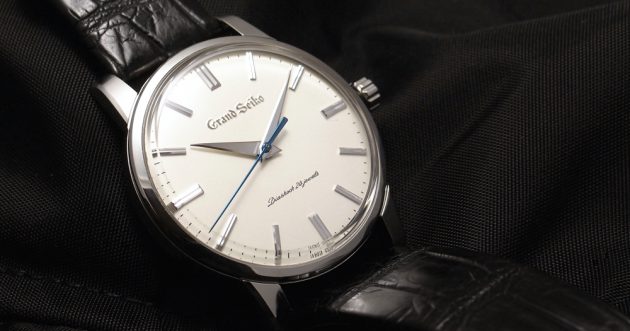

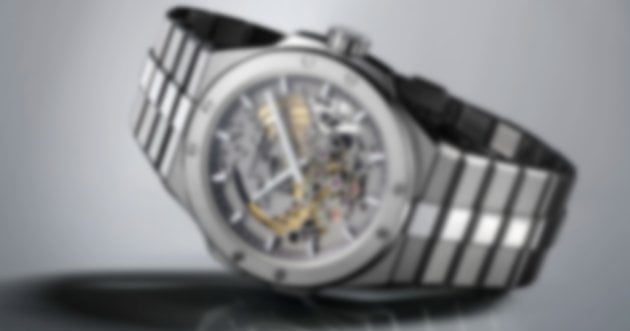
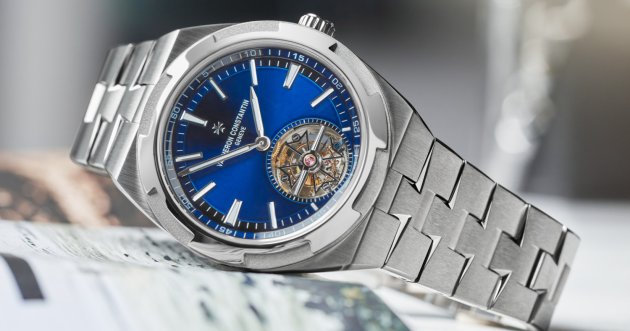








![Introduction of Orient Watches and Their Standard Models [ A Leading Japanese Watch Manufacturer ].](https://otokomaeken.com/wp-content/uploads/2016/11/7dd4c3f74f006b34bb1d70d7adebd54e-13-115x60.jpg)






